Here are the qualifications of all 13 people who served as Secretary of Energy before Rick Perry
1977-1979: James Schlesinger

1979-1981: Charles Duncan Jr.
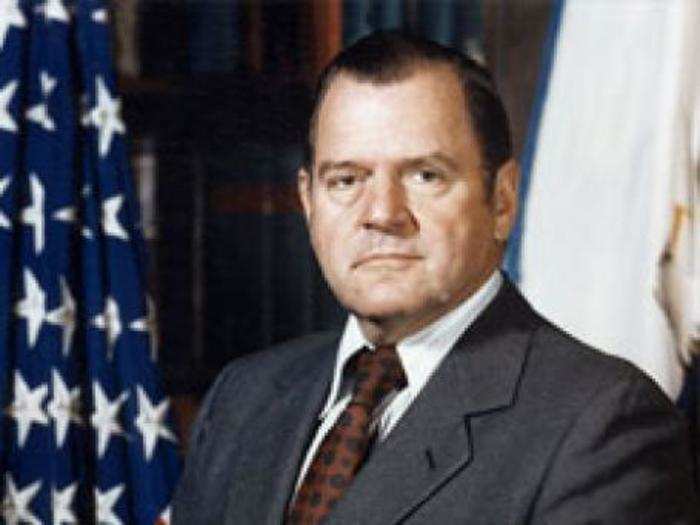
The second Secretary of Energy nominated under Carter, Duncan had also previously served as Secretary of Defense. Carter was nonetheless criticized for the selection because Duncan, a former executive in the coffee industry, had no direct experience with oil. As secretary, Duncan worked on negotiations with OPEC during a tough period in the global oil economy.
1981-1982: James Edwards
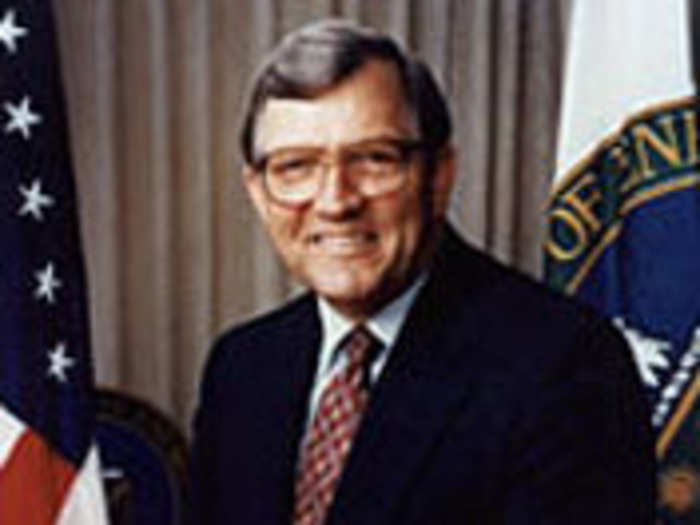
James Edwards was President Ronald Reagan's first, briefly-serving Secretary of Energy. A former governor of South Carolina with a background in oral surgery, Edwards was known as a proponent of nuclear energy, and, like Perry, was implicated in a promise to dismantle the Department of Energy (he didn't).
The New York Times reports that he "struggled" in the post, criticized for his lack of expertise in the field and hamstrung by the Reagan administration's distaste for the department.
1982-1985: Donald Hodel
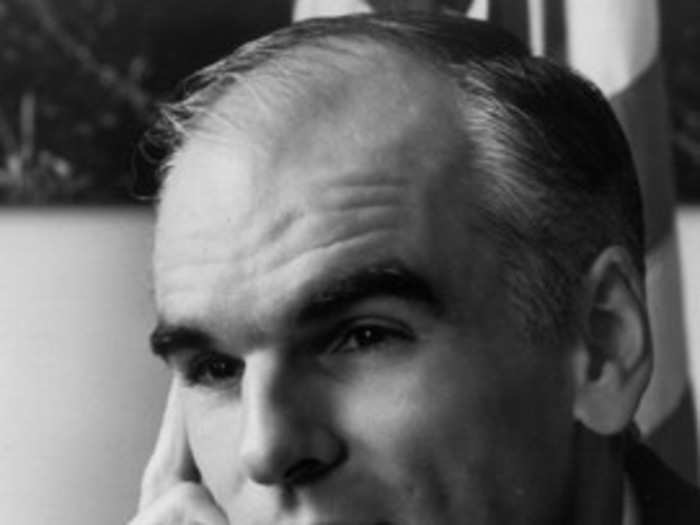
Reagan's second Energy Secretary, Donald Hodel served for three years before going on to head the Department of the Interior, a role for which he's better known as a conservationist. A 1985 op-ed in The New York Times at the time of his move to Interior praised him as a replacement for "know-nothing, care-nothing" Edwards, noting his efforts to maximize fossil fuel extraction but criticizing his failure to top up national oil reserves.
Before heading up the Energy Department, Hodel had served as Undersecretary of the Interior.
1985-1989: John Herrington
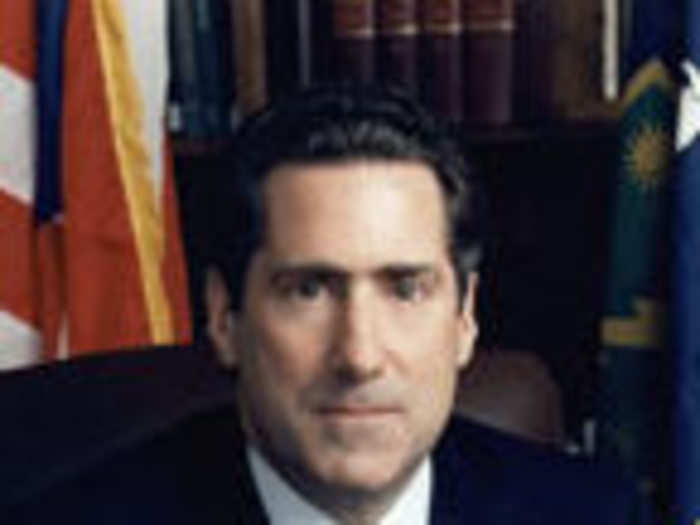
John Herrington succeeded Hodel in the role, and though both served at the same time under Reagan with Hodel at the Department of the Interior, they found themselves at cross-purposes. Herrington, who had no background in energy but had previously practiced law before becoming Assistant Secretary of the Navy, made his name trimming the department's spending. He also pushed, successfully, to reverse Hodel's decision to restrict area available for oil and gas extraction.
1989-1993: James Watkins
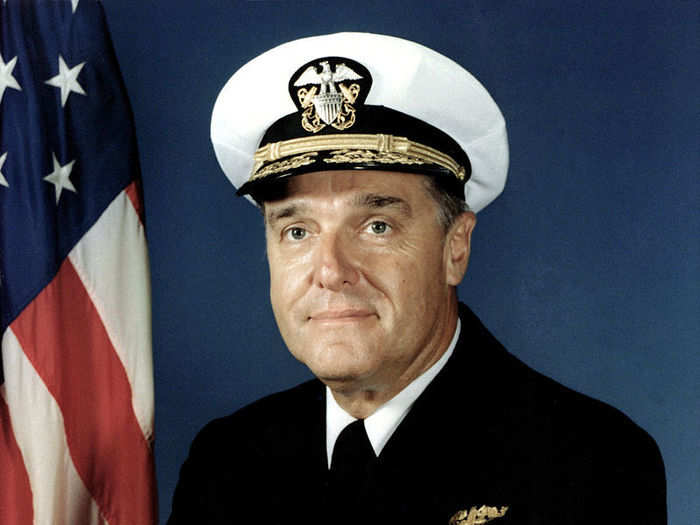
James Watkins, a former US Navy Admiral and Chief of Naval Operations, headed the Department of Energy under George H.W. Bush. Watkins headed up a series of waste reductions and environmental efforts as secretary, expanded oil production to counter a reduction in imports during the first Gulf War, and testified to Congress that the US had stopped producing new nuclear weapons. Later in his career, he continued to head up environmental efforts under the George W. Bush administration.
1993-1997: Hazel O'Leary
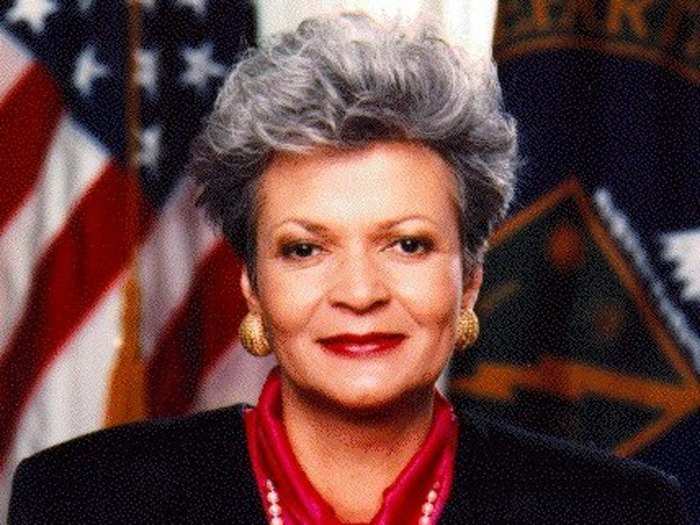
Hazel O'Leary was the first Secretary of Energy under President Bill Clinton, the first and only woman to hold the office.
A former prosecutor, O'Leary pushed for an end to nuclear testing in the US and declassified Cold War-era documents showing that the US government had experimented with radiation on human beings. However, she's best known for a series of scandals involving her spending and travel using government funds, and the allegation (for which she was cleared) that she met with Chinese officials in exchange for a $25,000 donation to her favorite charity.
1998-1998: Federico Peña
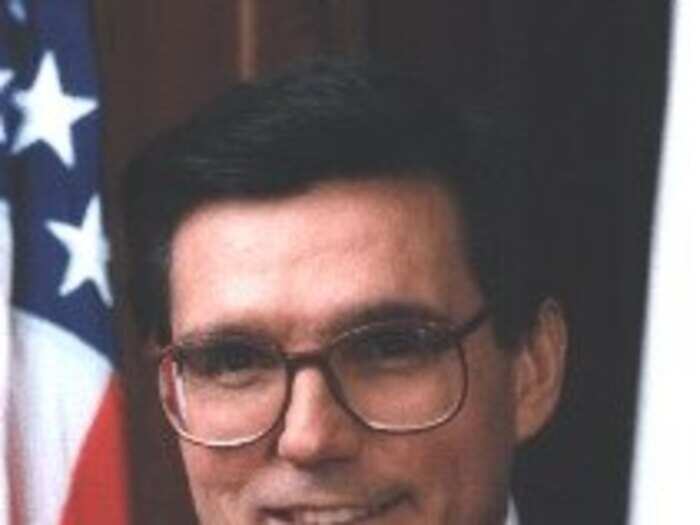
A former mayor of Denver, and then Transportation Secretary from 1993 to 1997, Peña served as Energy Secretary for just 18 months. In that time he was largely friendly to oil company interests, selling off more than $3 billion in federal land for extraction and supporting efforts to drill in the Caspian Sea. He also made an effort to improve the department's environmental footprint, and fired a contractor at Brookhaven National Laboratory for failing to prevent groundwater contamination. He was criticized for leaving the job so quickly.
1998-2001: Bill Richardson
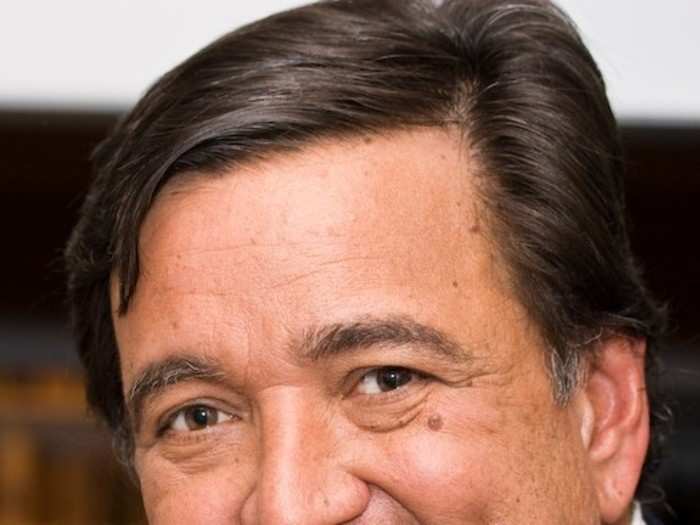
Bill Richardson, a former congressperson from the state of New Mexico and ambassador to the United Nations, was the final Energy Secretary to serve under Clinton. He had no direct energy background, and his most significant public initiatives involved an effort to return federal lands to Native American tribes and ensure that tribal interests are taken into account in energy extraction initiatives.
He also negotiated with OPEC to increase oil production and hold down prices.
His tenure was also marred by a scandal. Richardson publicly accused Wen Ho Lee, who worked at the Los Alamos National Laboratory, of leaking nuclear secrets to the Chinese government. Lee was later cleared, and sued the federal government, winning a settlement.
After leaving the department, Richardson went on to become governor of New Mexico.
2001-2005: Spencer Abraham
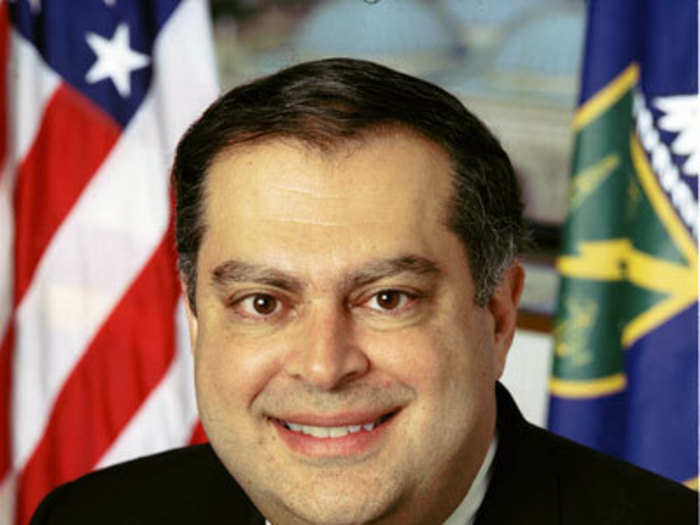
Spencer Abraham, George W. Bush's first Energy Secretary, was a former US Senator from Michigan and the last person to hold the role with no direct scientific expertise or training. Like Perry, Abraham had previously called for dismantling the department.
Abraham expanded clean-energy research in the department, pushing funding toward hydrogen fuel cell vehicle research. He worked directly on negotiations with his counterpart in Russia for nuclear disarmament, and generally favored fossil fuel extraction in the US.
2005-2009: Samuel Bodman
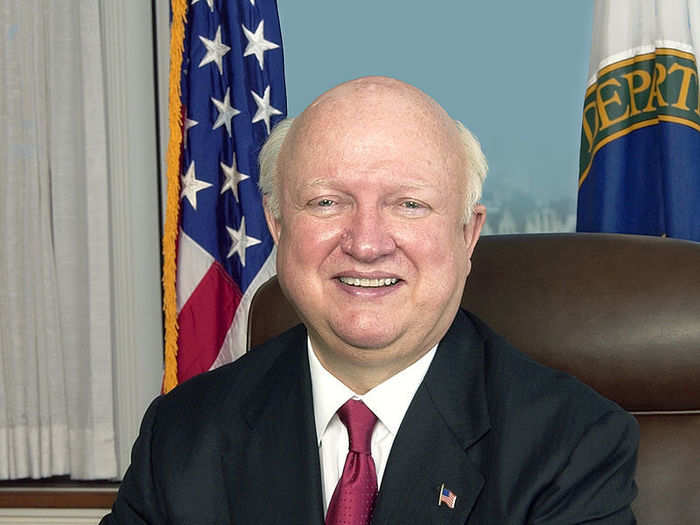
Samuel Bodman was the first in a line of Energy Secretaries to bring direct scientific expertise to the office. Bodman held a PhD in chemical engineering from MIT, and had served as a professor and departmental director at the university, as well as Deputy Secretary of the Treasury and Deputy Secretary of Commerce.
2009-2013: Stephen Chu
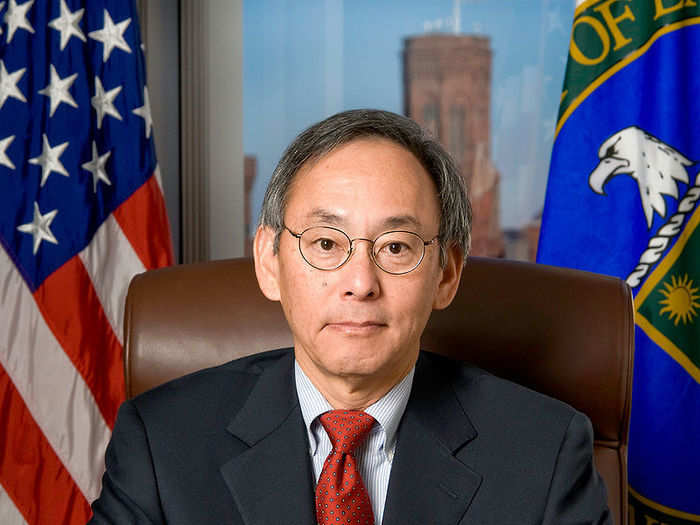
Stephen Chu, President Barack Obama's first Secretary of Energy, is a physicist who holds a Nobel Prize in physics for his work on cooling and trapping atoms with laser light. Before taking office, he was a professor at UC Berkley and a director of the Lawrence Berkley National Laboratory.
Chu fought efforts to curb nuclear plant development in the US after the Fukushima disaster in Japan. He also oversaw research that raised questions about the safety of natural gas extraction by fracking. He also advocated for a shift to clean energy sources and away from fossil fuels implicated in climate change, backing up his words with significant research funding and direction within the department.
Chu continued to work on science on the side while he was Secretary of Energy, publishing a paper in the journal Nature.
Since resigning, Chu returned to academia and developed a high-efficiency lithium-ion battery.
2013-present: Ernest Moniz
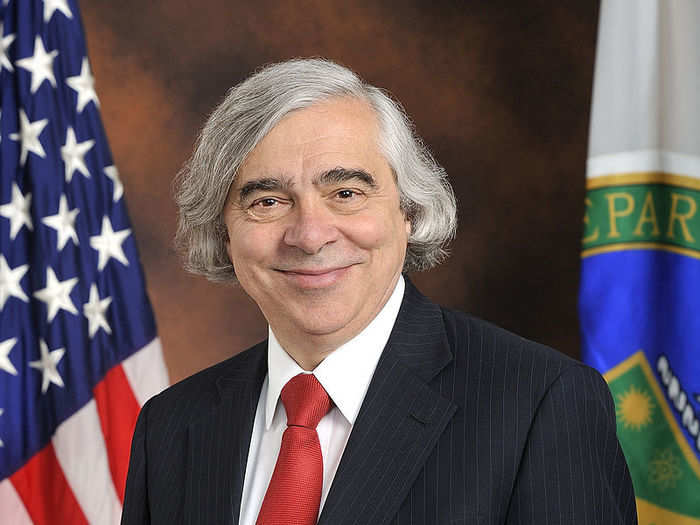
Obama's second Secretary of Energy and noted hairstyle icon, Ernest Moniz is a nuclear physicist who took office with extensive experience in both the Department of Energy and federal science oversight.
Moniz has continued Chu's aggressive push toward funding clean energy technology. Moniz also directly worked on the agreement with Iran designed to curb Iran's nuclear program, conducting direct negotiations with his Iranian counterpart on the technical aspects of the deal.
In December 2016, under Moniz's leadership, the Department of Energy refused a request from Trump's transition team to hand over names of employees who worked on climate change and clean energy research and policy.
Unconfirmed: Rick Perry
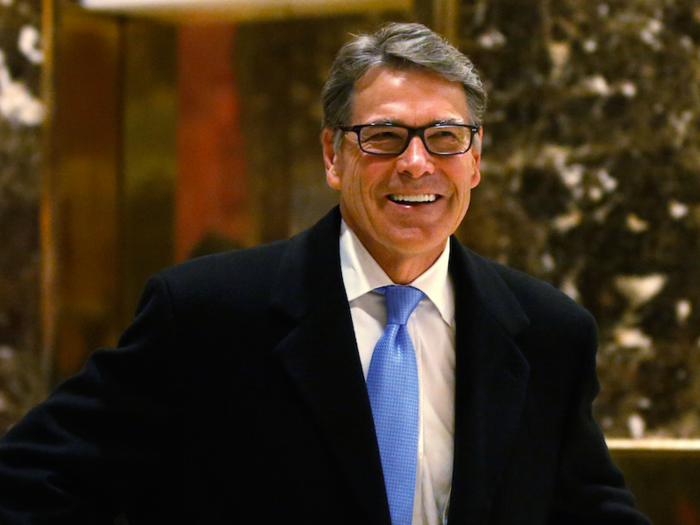
Perry, Trump's pick to head the department, was a three-term governor of Texas who supported teaching "intelligent design" alongside evolution in public schools, holds a bachelor's degree in animal science from Texas A&M, and recently appeared on the 23rd season of "Dancing with the Stars." He was eliminated in the third week of competition, finishing in 12th place.
Popular Right Now
Popular Keywords
Advertisement